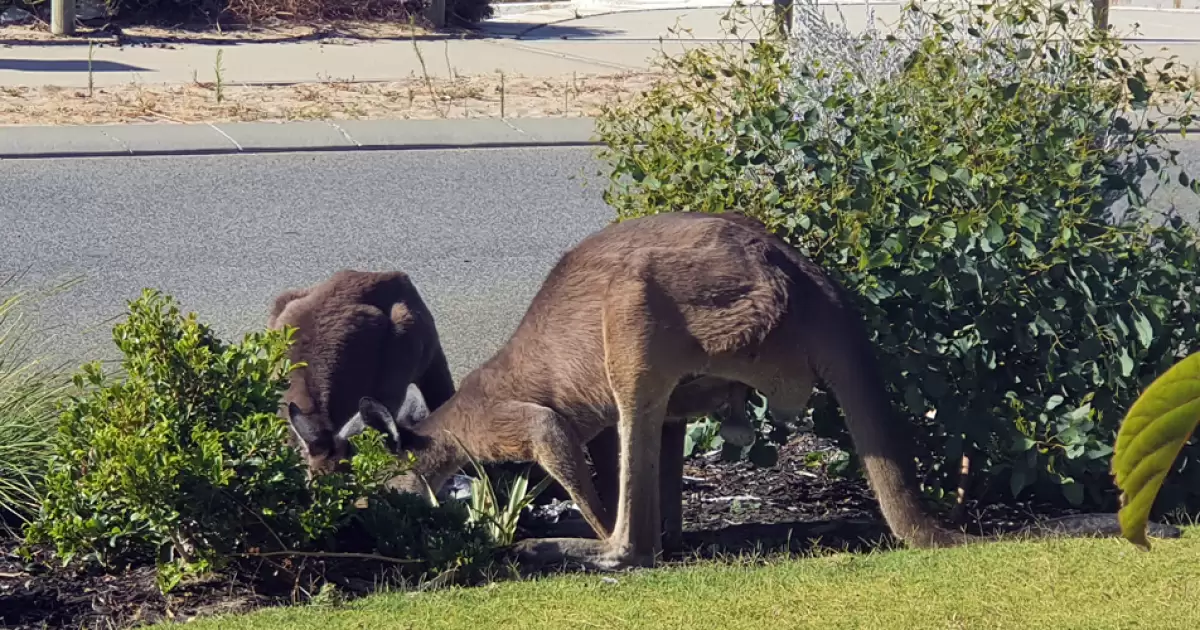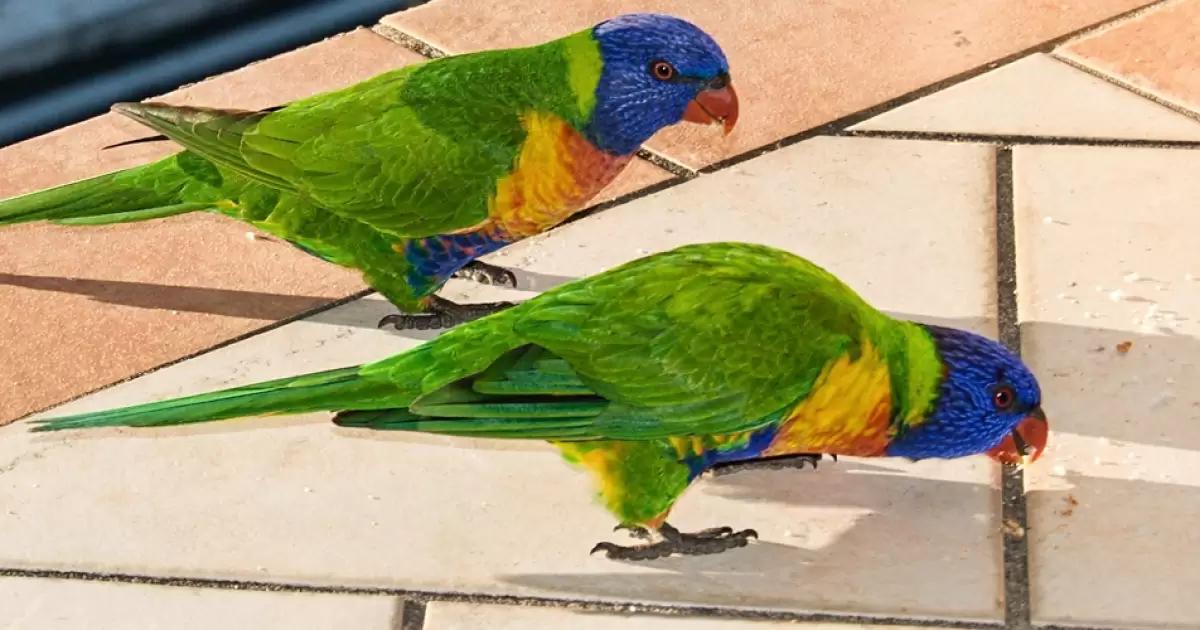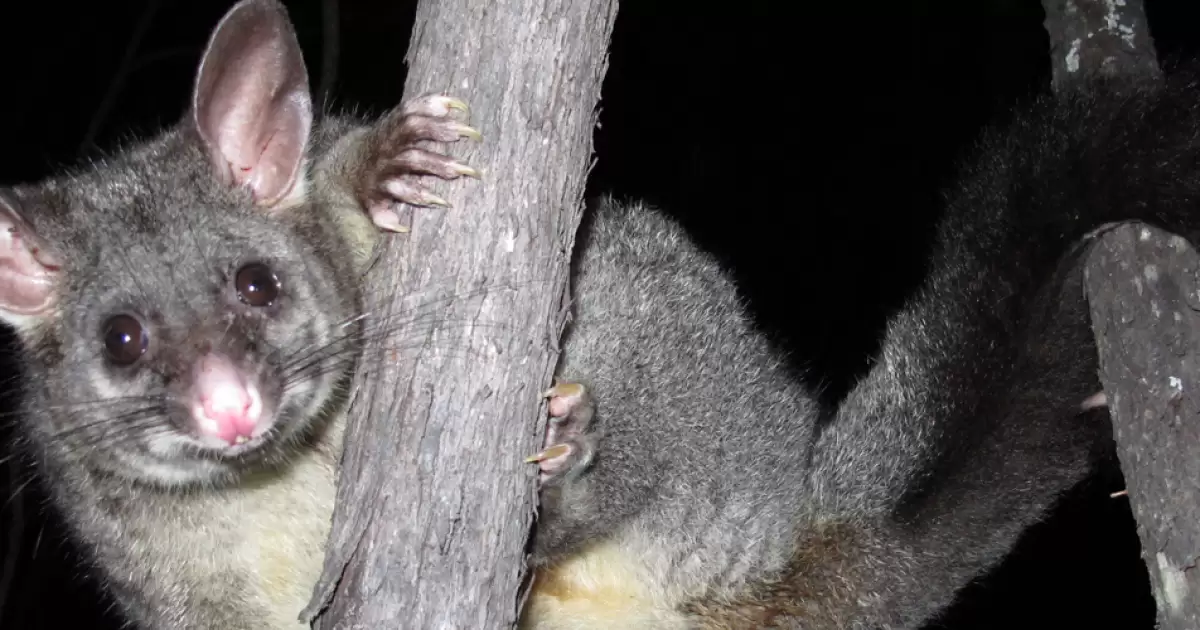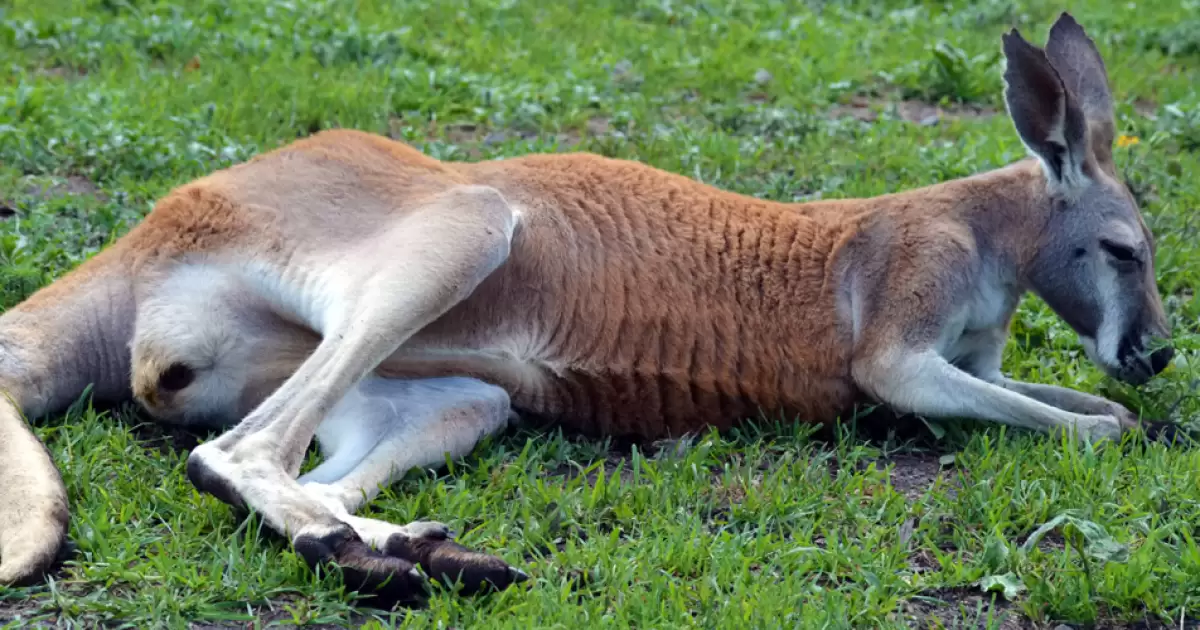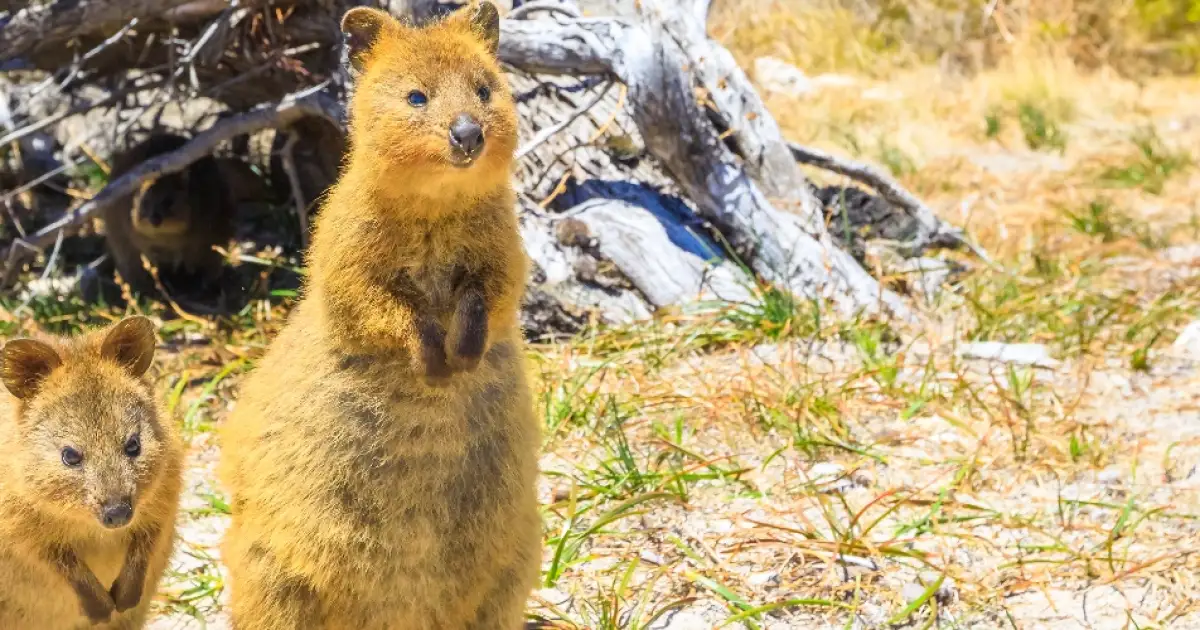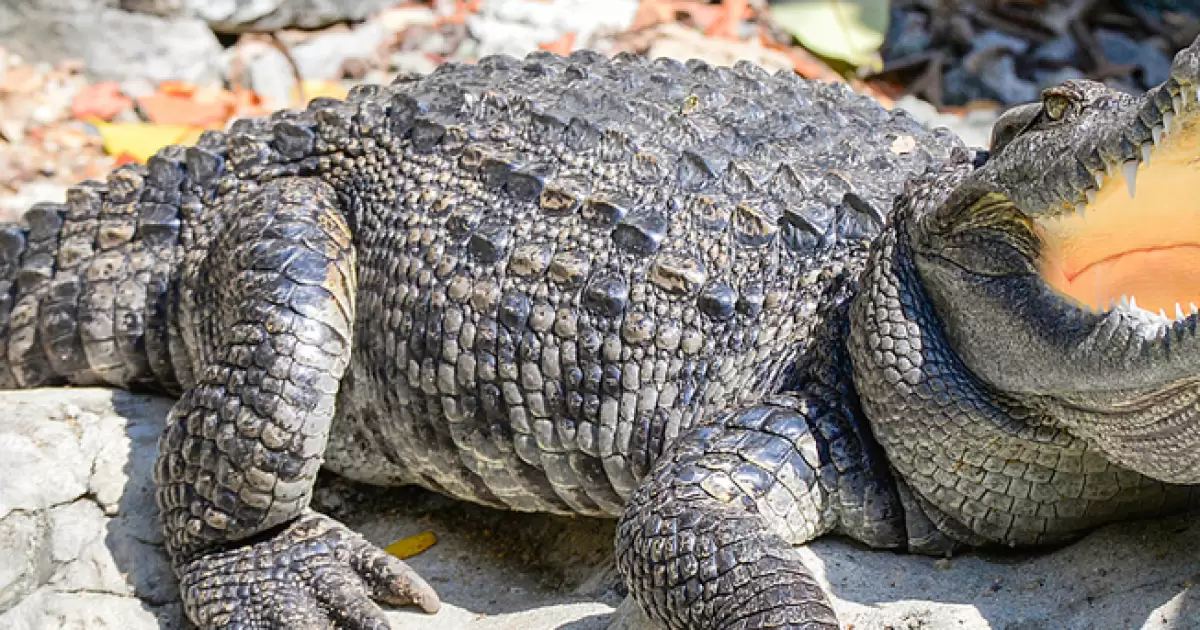There are about 10,000 quokkas, 360 different species of fish, 112 bird species, 17 species of reptiles and frogs and 16 species of butterflies on Rottnest Island.
Birds
Coastal birds around Rottnest Island include the Pied Cormorant, Silver Gulls, Crested Tern, Reef heron, Osprey, Pied Oystercatcher, Fairy Tern, Bridled Tern and Rock Parrot. As the island is made up of approximately ten percent of salt lakes containing brine shrimp it supports birds species such as Red-Necked Avocet, Banded Stilts, Ruddy Turnstone, Red-Capped Dotterel, Australian Mountain Duck, Grey Plover, Caspian Terns, Curly Sandpiper, Crested Terns and White-Fronted Chat. There are many sea birds around Rottnest Island including the Yellow-Nosed Albatross, Australian Gannet, Great Skua, Wedge-Tailed Shearwater, Cape Petrel and Wilson's Storm Petrel. Only the Wedge-Tailed Shearwater lands on the island to breed. The Melaleuca and Acacia woodlands contains some of the following species:- Silvereye, Spotted Turtledove, laughing Turtledove, Fan-Tailed Cuckoo, Red-Capped Robin, Golden Whistler, Western Warbler, Singing Honey Eater, Australian Raven. Tree Martin and Welcome Swallow.
Fish
Around 360 species of fish can be found in the Rottnest Island waters. Some of these include the Western Australian Jewfish, Harlequin, Cobbler, Flathead, Leatherjacket, Samson, Tailor and Butterfly fish. Rottnest Island is also a popular area for migrating humpback whales and bottlenose dolphins.
Spearguns, gidgies, and net fishing are banned within the Rottnest Island Marine Reserve. All reef animals except abalone, squid, cuttlefish and octopus are protected in waters around the Island.
Crustaceans such as Blue Manna Crabs, Western Rock Lobster, shrimps and prawns can also be found in the waters surrounding Rottnest Island.
Dolphins & Whales
The humpback whale which passes through the Indian Ocean off Rottnest is a baleen whale, which sieves planktonic organisms from the water. Whale watching is possible from Cape Vlamingh during the migratory season.
Dolphins can be seen most times during the boat ride to Rottnest, and often in and around the bays. While boating you could find them riding on your bow waves.
Dolphins and whales are protected species and must be respected at all times. DO NOT harass, threaten or poke at them. Let them come to you. DO NOT FEED them as diseases can be passed on, even a fish could prove harmful.
Otherwise, enjoy a marvellous experience with these gentle giants.
Quokkas
In 1696 de Vlamingh described the quokka as "a kind of rat as big as a common cat". It is a marsupial about the size of a hare or domestic cat. The quokka is the sole representative of the genus "Setonix". The females suckle their young in a pouch and give birth after a gestation period of 27 days in late summer. The young quokka remains in the pouch until August or September and is then suckled for a further two months. The quokka reaches maturity at about one and a half to two years of age, and lives to be about ten years old.
The quokka's at the west end of the island are shy and semi-nocturnal, rarely being seen during the daylight hours. The quokka's in the main settlement area can be sighted most of the time, usually after food!
A diet high in fast food leads to a sad and scabby quokka. Human Interference with quokka's can cause the female quokka's to abandon their young, joeys to become sick, lost and vulnerable to predators, stress, disease and aggressive behaviour. *Do not feed or touch the quokka's* On the spot fines of $100.00 apply for interfering with fauna.
Some people have seen quokka's spread eagled across the road or appearing inebriated. The most probable cause of this is the Moreton Bay fig trees. When the figs drop off the trees the summer heat ferments them and the juice inside turns into alcohol. The quokka's eat the figs!
Reptiles & Amphibians
There are twenty two species of frogs and reptiles that have been recorded on Rottnest Island.
There are three species of frogs: the Moaning Frog, the Western Green Tree Frog and the Sandplain Froglet.
There are seventeen species of lizards. The rarest one (probably extinct by now) being the Southwestern Crevice Skink. There are two types of gecko's, two types of legless lizards and thirteen types of skink.
There are two species of snakes: Southern Blind Snake and the Dugite.
Flora
Along the coastline of the island you can find spinifex and aromatic wild rosemary. On the grassy plain there is tussock grass, prickly lily, stilt plants and the blue Rottnest daisy (a member of the carrot family). Around the salt lakes there are samphires, broad leaf salt grey saltbush, sedges and templetonia. Rottnest has three native woodland species: the Rottnest Island Pine, Melaleuca lanceolata and Acacia rostellifra as well as introduced species such as: Norfolk Island Pines, Moreton Bay Figs, Aleppo Pines, Olive Trees, Palm Trees and Tuarts.
Longitude:
115.511714


